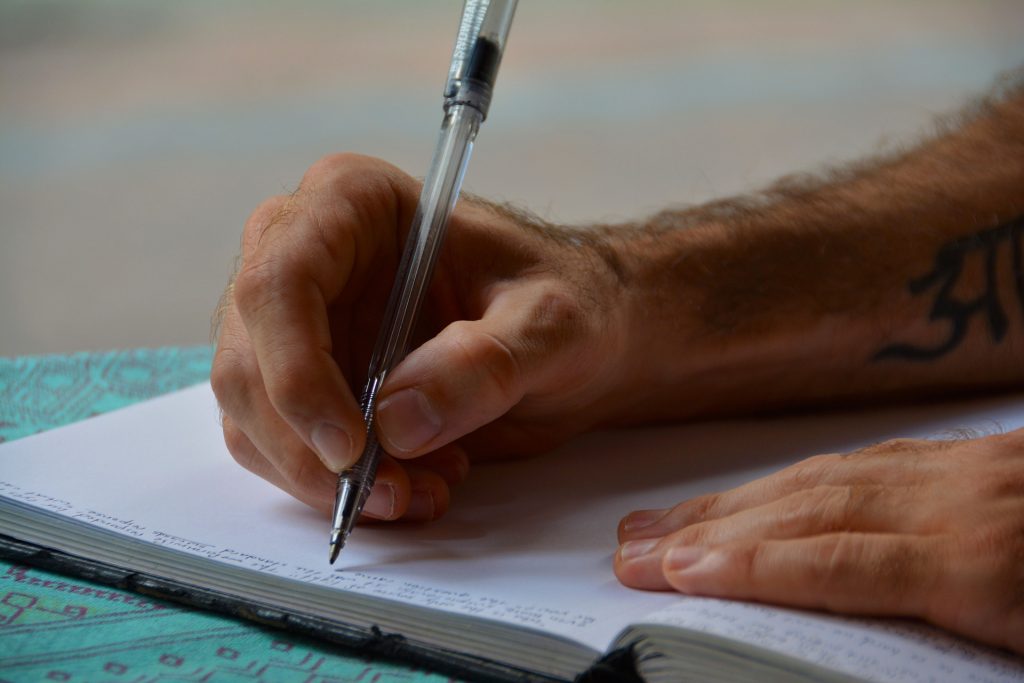Brainstorming is something essential whether you have many ideas or just a few of them. Even if you do not have any thoughts in mind or are not in a position to organize your thoughts well, it can really help. Prior to brainstorming, you should remember the main principle of brainstorming—Do not evaluate, enumerate. Write your idea downs and do not organize them or judge them until you have completed the creative phase.
Free-flow Writing
Are you not sure of what to write? No problem. Just write what comes into your mind.
Set a quantitative goal. For instance, 500 words, five minutes or three pages. It does not matter.
Do not stop to correct spelling mistakes and write flawlessly. Don’t go back to rewrite. Switch off your inner editor. Do not work to be too coherent. Just write.
Make Quick Lists
What message do you want to deliver? If your desire is to develop a story, what elements and ideas do you want to convey? Write down a small list of single words or phrases. For a nonfiction story, the list can have arguments, opinions, questions, facts, components or a combination of any of these. For fiction, make a list of things, places, people, goals, obstacles, values and qualities.
Do not make an outline at this point. When you’re beginning this process, outlining limits the creative art of brainstorming by requiring you to organize and evaluate your thoughts. You should always remember brainstorming is an activity that should be uninhibited.
Connecting Thoughts and Words
Some authors call this a mapping process, a clustering process, or a webbing process. All it means is you put each word or idea into a graphical shape, such as a little circle. Then, you connect the circles through an association of ideas that are similar or remind you of the main idea. You can even color code your circles to those colors relate to the setting, the characters, the problem, and the solution.
For example, if you created a circle in the middle of your piece of paper (this process is done by hand usually and not on a digital device) and then wrote the word Yellow, that’s the first step. Then in adjoining little circles, you would write down all the things you associate with yellow—sunshine, banana, pencil, etc.
The manner of producing the map is your responsibility. Similar to any other brainstorming tool, do not make connections until run out of ideas. However, do not hesitate to continue recording new ideas as you gather others.
If you plan on writing a novel, learn more about the country or city in which it takes place even if it’s local to where you live. If it is a historical novel, familiarize yourself with the cultural atmosphere and social structure of the place and time. Then research and write down how people talked, ate, dressed, worked and took part in other activities.
The Final Step
If you think an outline can be of use, make one after the brainstorming activity is complete. If you do not, delve into whichever part of the topic that attracts your attention based on the output of brainstorming. You do not have to start with your first idea before moving on to the next one. Just focus on building your background work a single piece at a time.
Did you know WordsRU has editors available who can review your outline or your story idea and give you feedback? Submit your document after you’ve finished the brainstorming session. You might be pleasantly surprised at the results. Confidentiality is guaranteed with all editors at WordsRU, so your story ideas are safe with us.
Have you used a clustering method for brainstorming a new book idea? Share your results with us.

